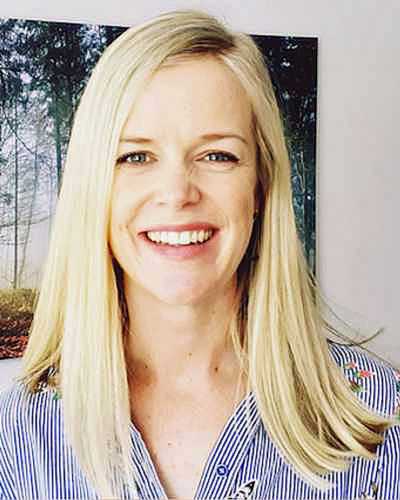early abstract:
Introduction: Healthcare practitioners delivering services in rural and underserved areas need timely access to appropriate knowledge to optimise the care they deliver. Novice, generalist occupational therapists in South Africa experience this need as they respond to a high demand for hand therapy. Embedded within a study aimed at identifying their support and development needs, this paper describes participants’ experience of a virtual community of practice.
Methods: A qualitative case study design was employed. Nine occupational therapists participated in a virtual community of practice that met fortnightly for meetings and interacted on WhatsApp. Data were collected through photo elicitation, facilitated reflection, and case discussions. An online survey questionnaire was used to evaluate participants’ experience of this virtual community. Thematic analysis was applied to the anonymous responses submitted by participants (n=7). A number of strategies were employed to ensure the trustworthiness of results including prolonged engagement, member checking, peer examination, reflexive reading and writing, triangulation, and a dense description of participants to enable readers to evaluate the transferability of results.
Results: Three themes were generated from analysis. The first theme, versatile support describes participants’ experience of being helped and supported, appreciating the immediacy of support, and being able to share resources. A vehicle for learning captures participants’ experience of mutual learning, opportunity to reflect, to acquire knowledge and skills, and develop their clinical reasoning. Finally, the community of practice was grounding: learning opportunities were contextually relevant and participants were able to consolidate their professional values and identity. Participants raised the importance of using online platforms that were accessible, recommended a group size of 5-10 members, and proposed 60-90 minute meetings held weekly or fortnightly.
Conclusions: A virtual community of practice provided both support and professional development opportunities for therapists delivering hand therapy. Careful planning and implementation to upscale this intervention is recommended for rehabilitation personnel delivering care to underserved communities in South Africa. The logistics of virtual communities need to mitigate for connectivity difficulties and online platforms should enable real-time support. Participant satisfaction and the evaluation of implementation outcomes should be considered in the design of virtual communities of practice.



